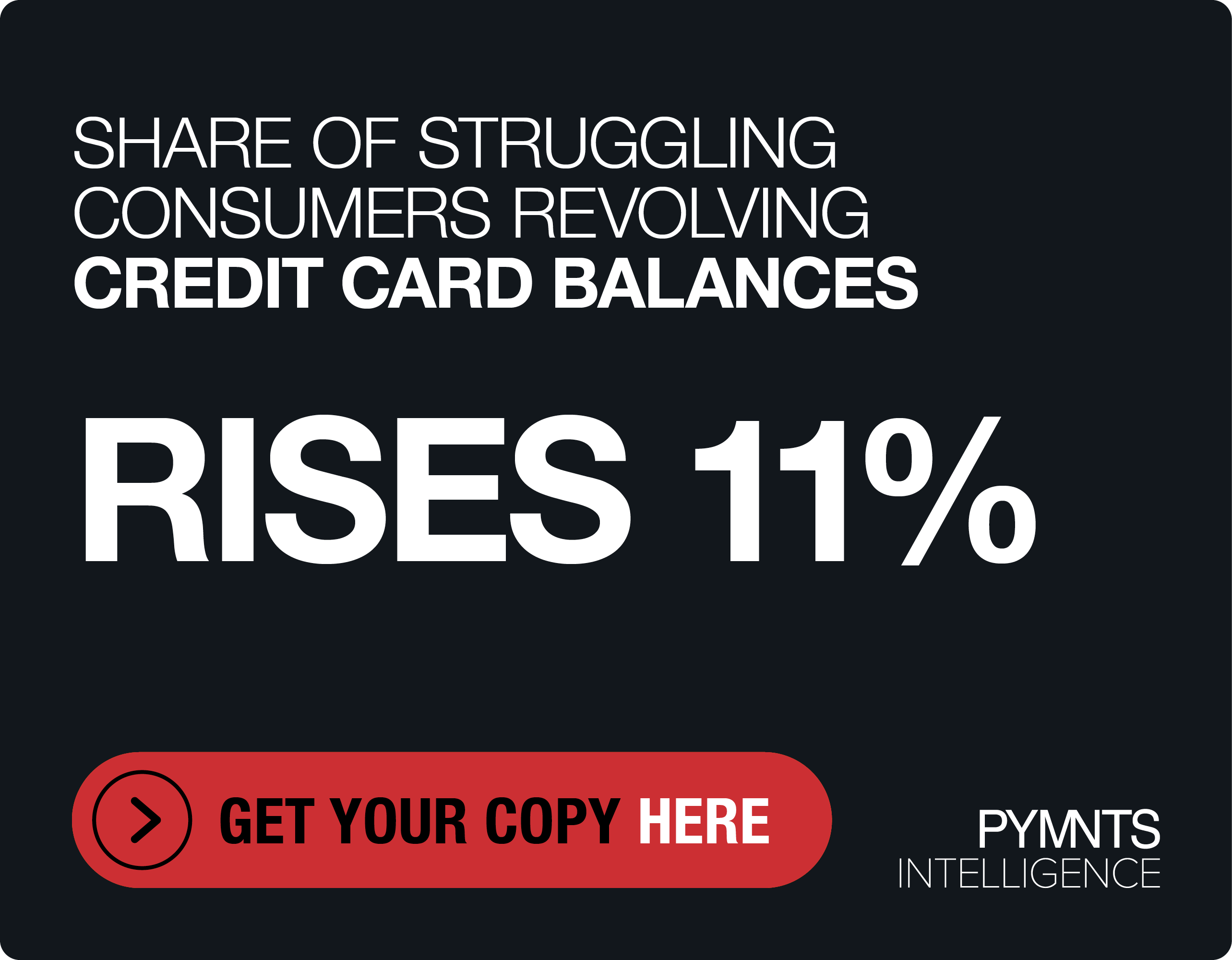Digital Chamber of Commerce Cautions of Stablecoin ‘Over-Regulation’

Beware the risks of over-regulation.
The Chamber of Digital Commerce said in a letter to the President’s Working Group on Financial Markets that a framework designed to address stablecoins should take into account regulations that already exist at the state and federal levels.
The lobbying group said the coins do not represent a “systemic risk” to the financial system at large. As a result, there should not be a range of new rules in place to govern stablecoins.
The President’s Working Group is staffed by officials from the Treasury Department and the Federal Reserve, including Treasury Secretary Janet Yellen and Fed Chairman Jerome Powell.
In the letter – which comes in advance of an anticipated report from the working group that will delve into stablecoins – the Chamber states that “digital tokens promise to bring tremendous improvements to our financial system by enabling frictionless, instantaneous transferability of value.”
The letter describes stablecoins as bridging “the gap between the innovations of digital tokens and the functionality of legacy payment systems.” The digital coins also would boost financial inclusion, where 18% of the U.S. population is unbanked or underbanked.
Well-Regulated, Already
The Chamber said that with a nod to regulations, U.S.-issued coins are already “well-regulated” at the state and federal levels.
“It is important that regulators avoid imposing an overly rigid regulatory regime that stifles innovation,” the Chamber contended. “To protect consumers and reduce costs, we encourage the streamlining of state-level regulatory frameworks for stablecoins and the issuance of special-purpose charters by federal banking regulators for stablecoin companies seeking to operate nationally.”
Delving into the mechanics of the payments and the frictions that stablecoins solve, the Chamber noted that the U.S. still relies on the Automated Clearing House (ACH) for 66.1% of the value of non-cash payments. Those ACH payments are still costly and slow, according to the group, and money transfers can take several days to settle.
In positing a regulatory approach, the letter advocated that “consistent with the ‘same business, same risk, same rules’ principle, stablecoins should be regulated like other retail-focused digital payments systems in the U.S., and should not be subject to a new regulatory regime simply because new technology is being deployed.” Stablecoins, the group said, do not yet have the scale to warrant a “separate, compulsory” regulatory regime.
The Chamber said that states regulate payment systems through money transmission licensing laws. Those laws “could be improved through the adoption of uniform standards across all 50 states that simplify and align regulatory obligations for U.S.-headquartered, U.S. dollar-pegged stablecoin payments systems,” the group advised.
Regulatory frameworks at this level could include a 1:1 reserve ration, where the amount of dollars in reserve “must equal or exceed” the number of stablecoins outstanding. Reserves could also be segregated from corporate assets, held in a bankruptcy-remote vehicle. In creating that latter entity, the parent company would be shielded from any negative ripple effects, as the stablecoins would be isolated.
Earlier this year, PYMNTS’ own research noted that 28% of multinational businesses use stablecoins.
Read more: More than Half Multinational Firms Use at Least One Type of Crypto
